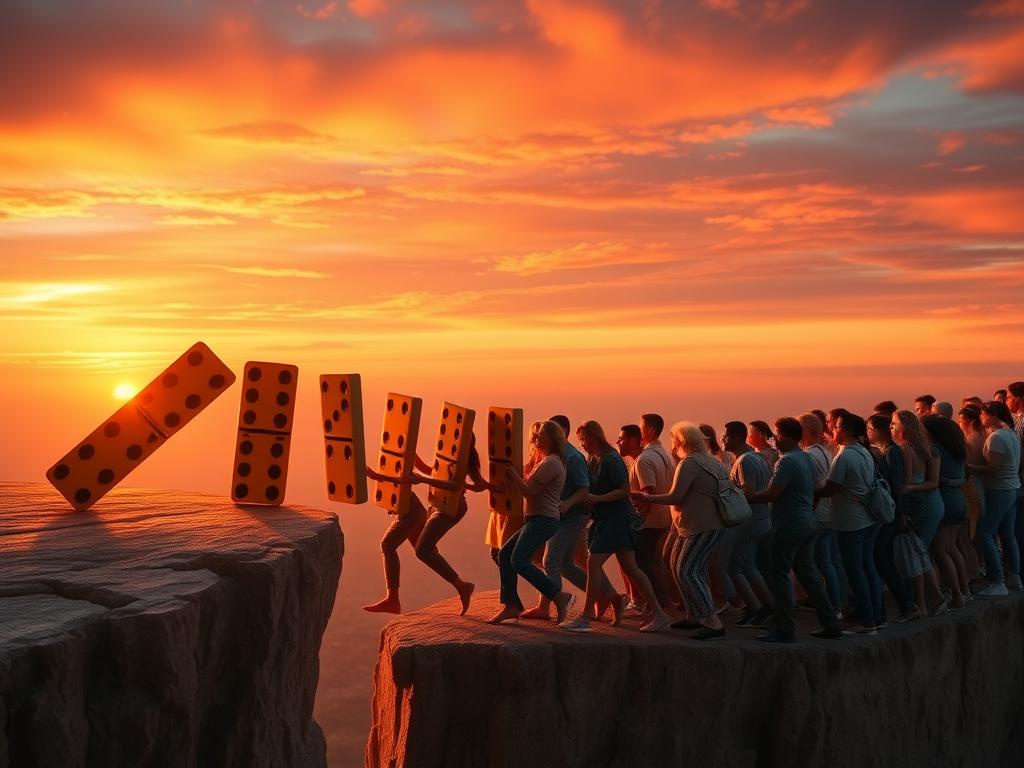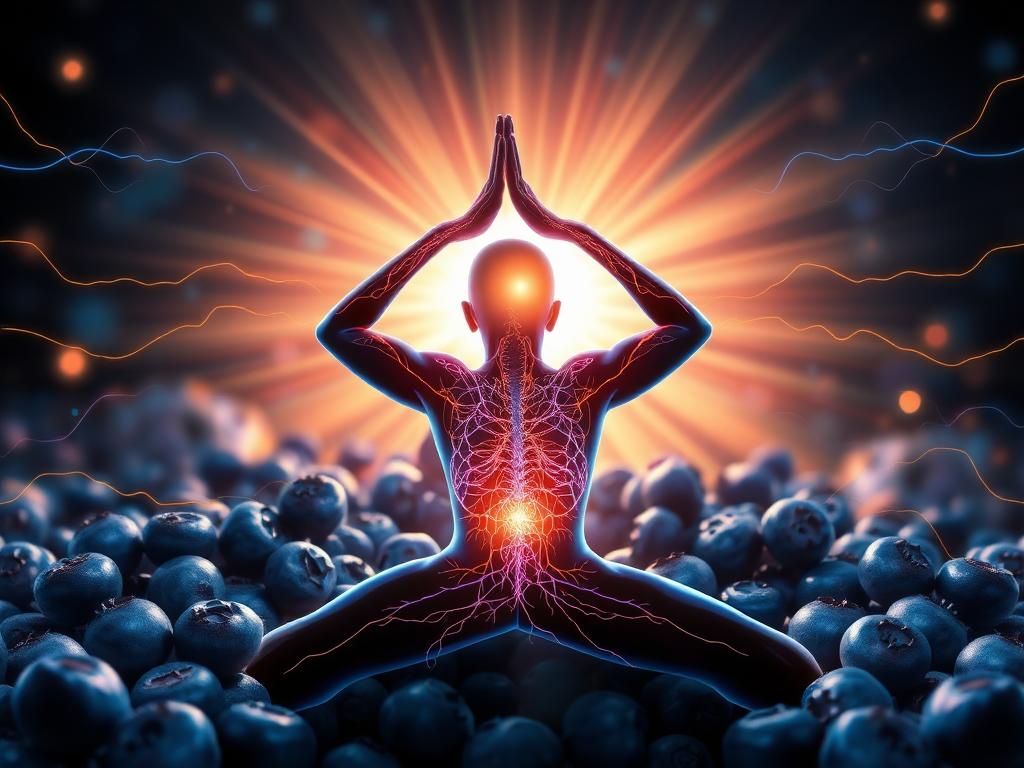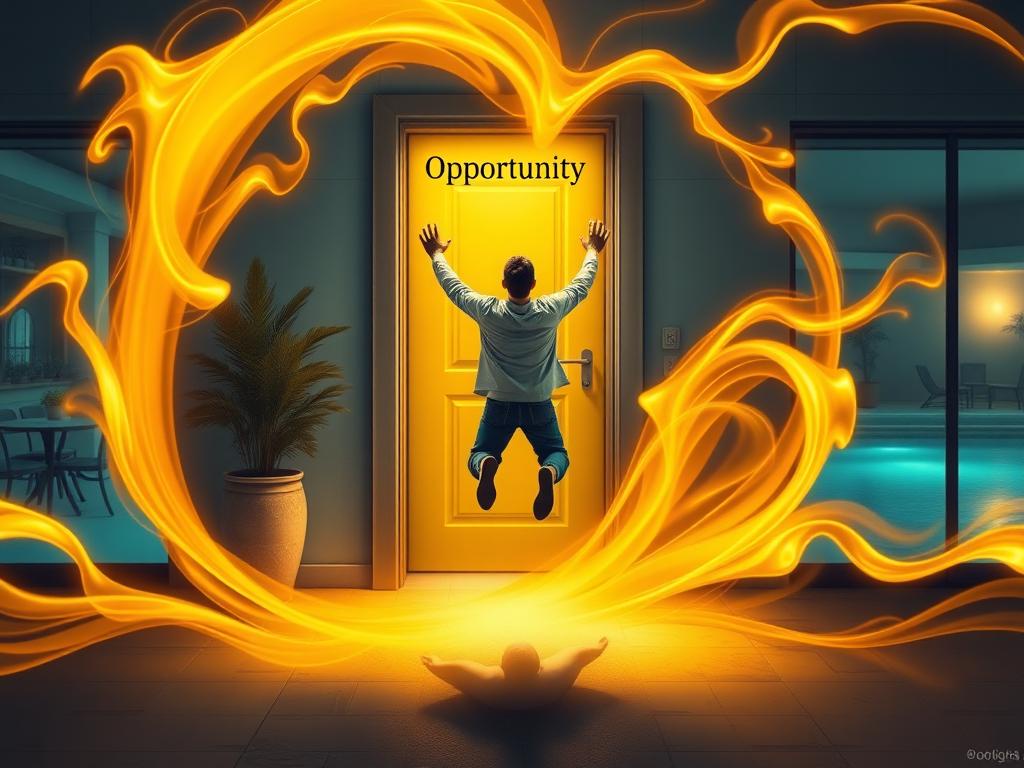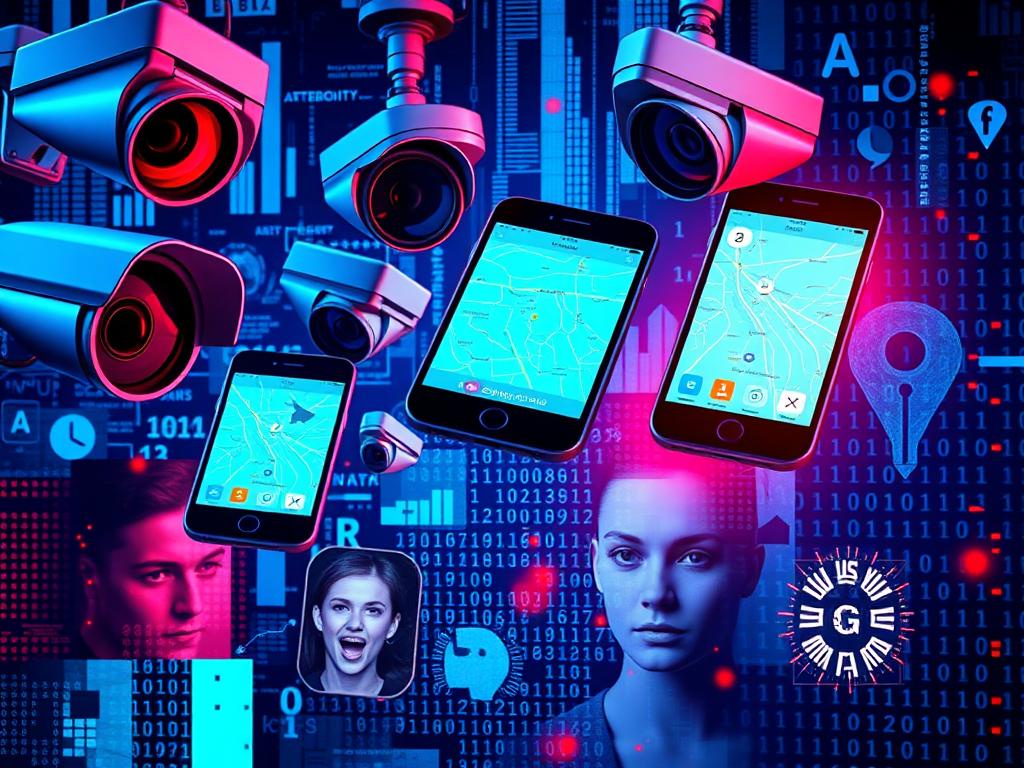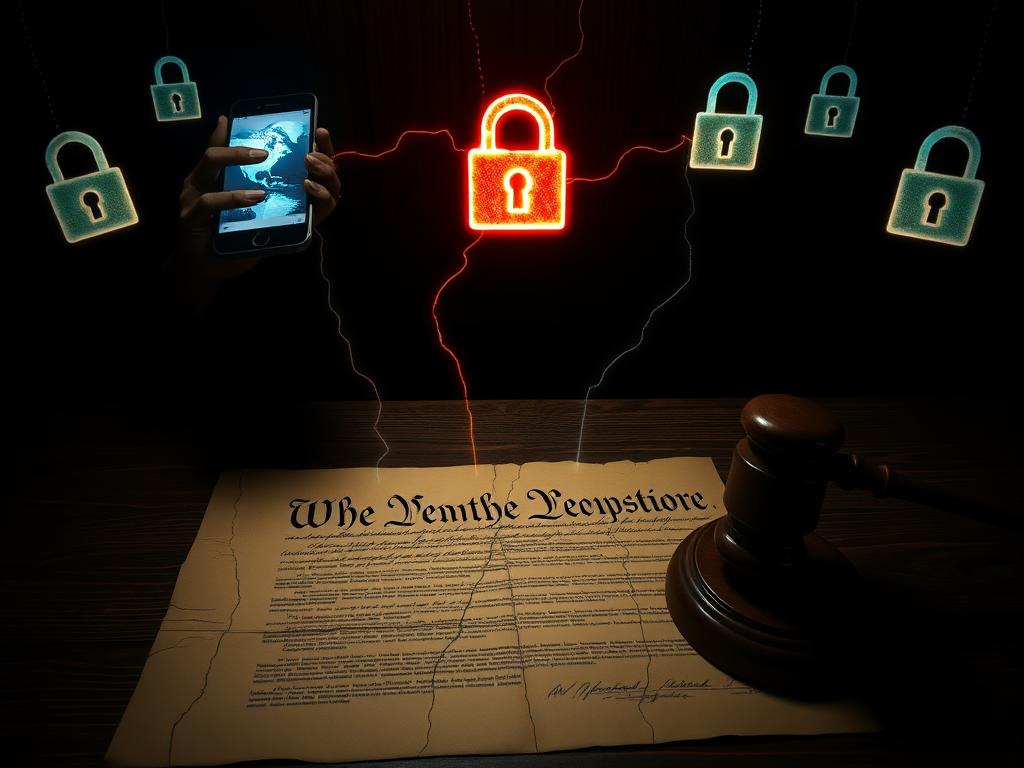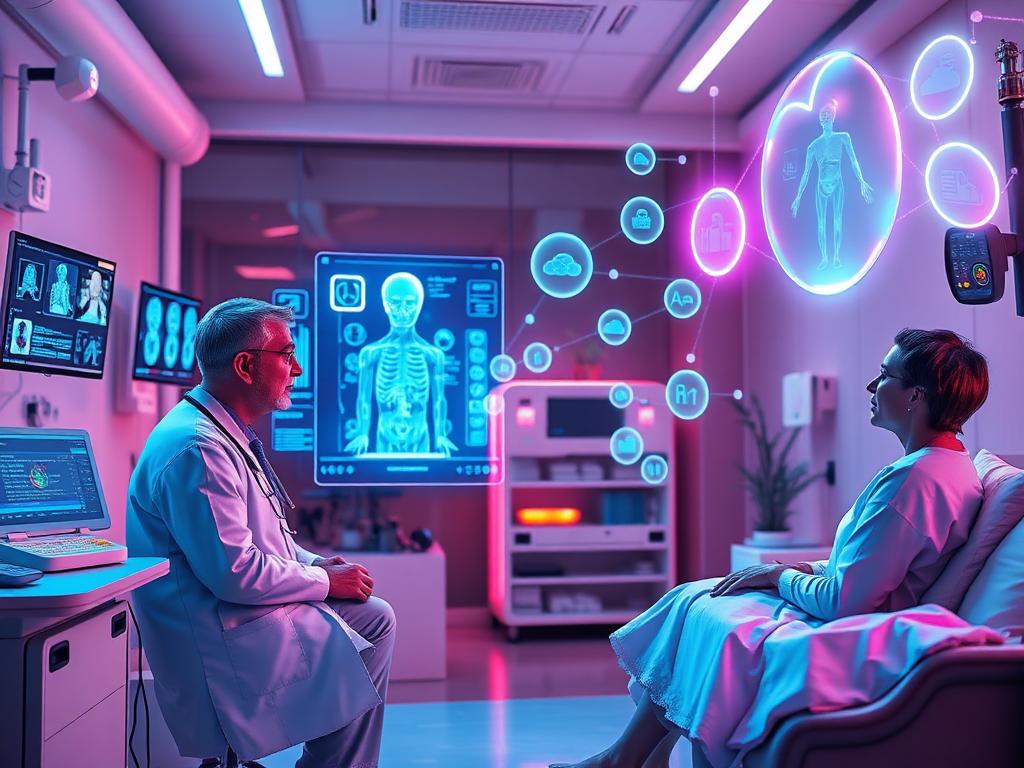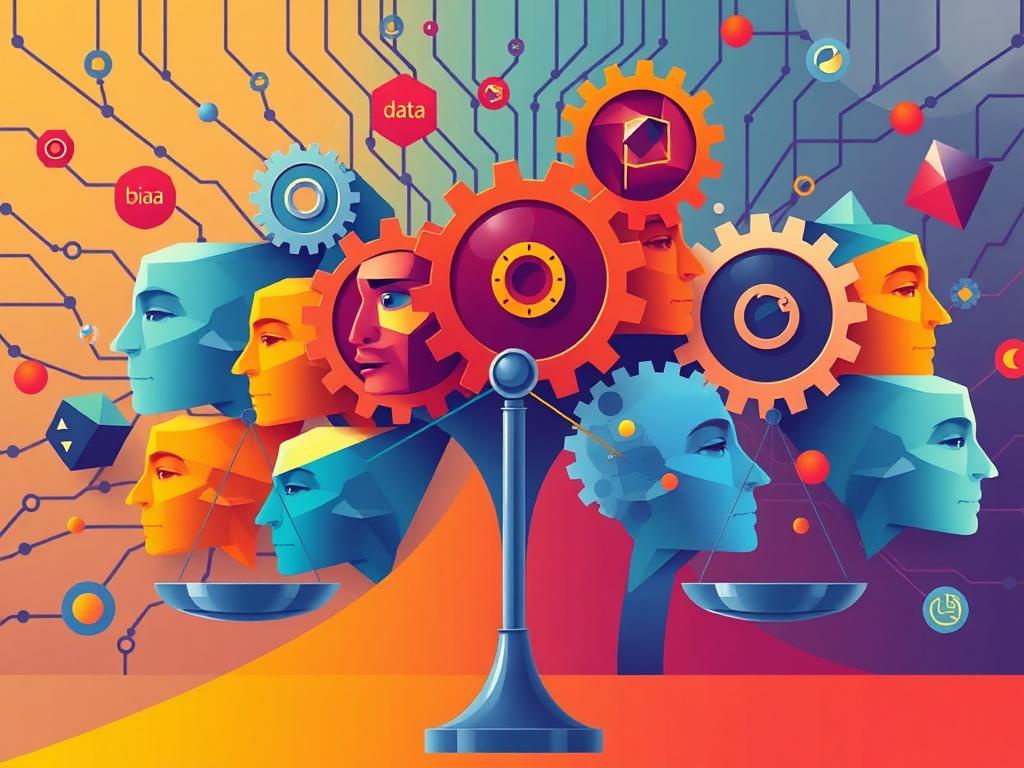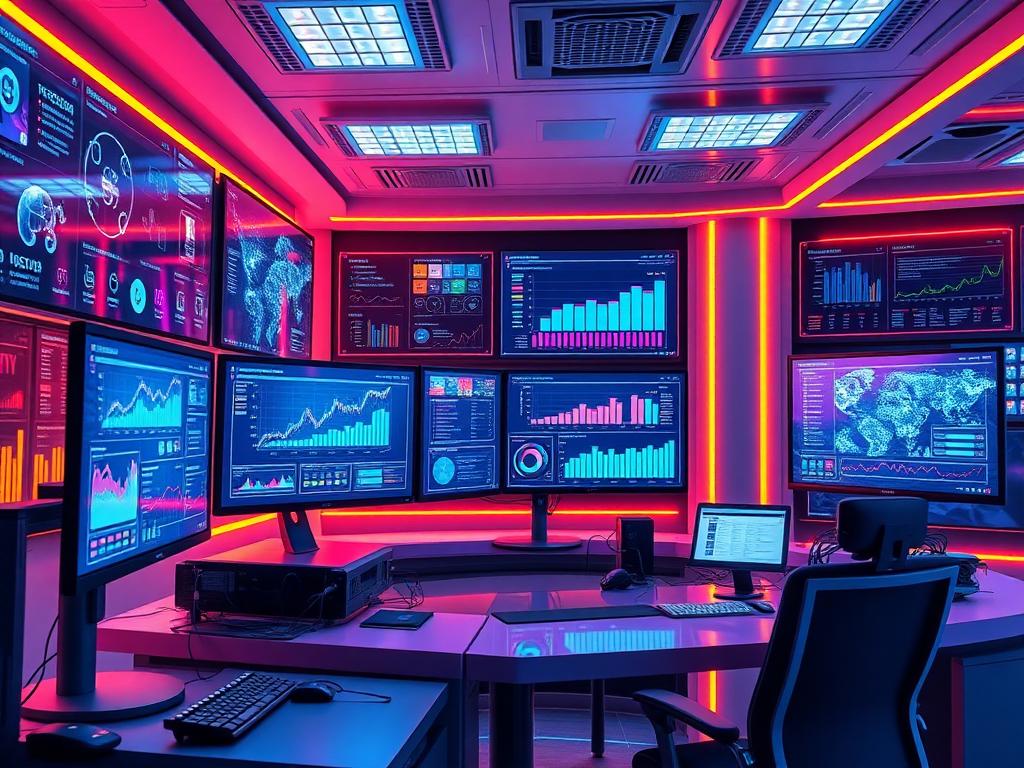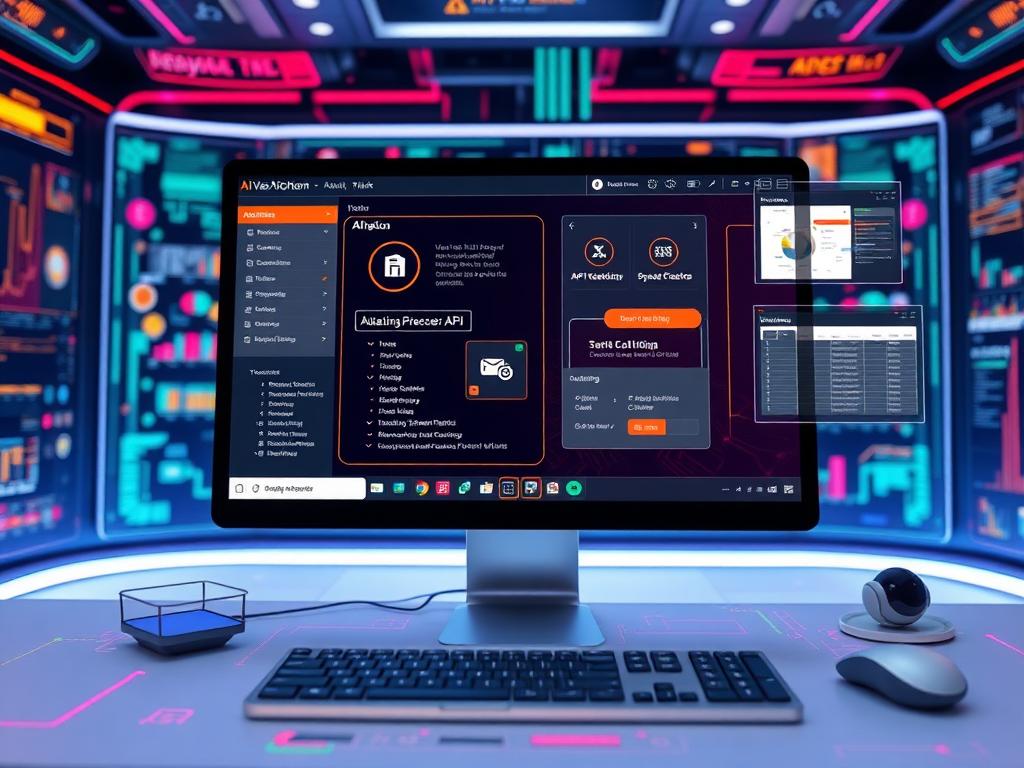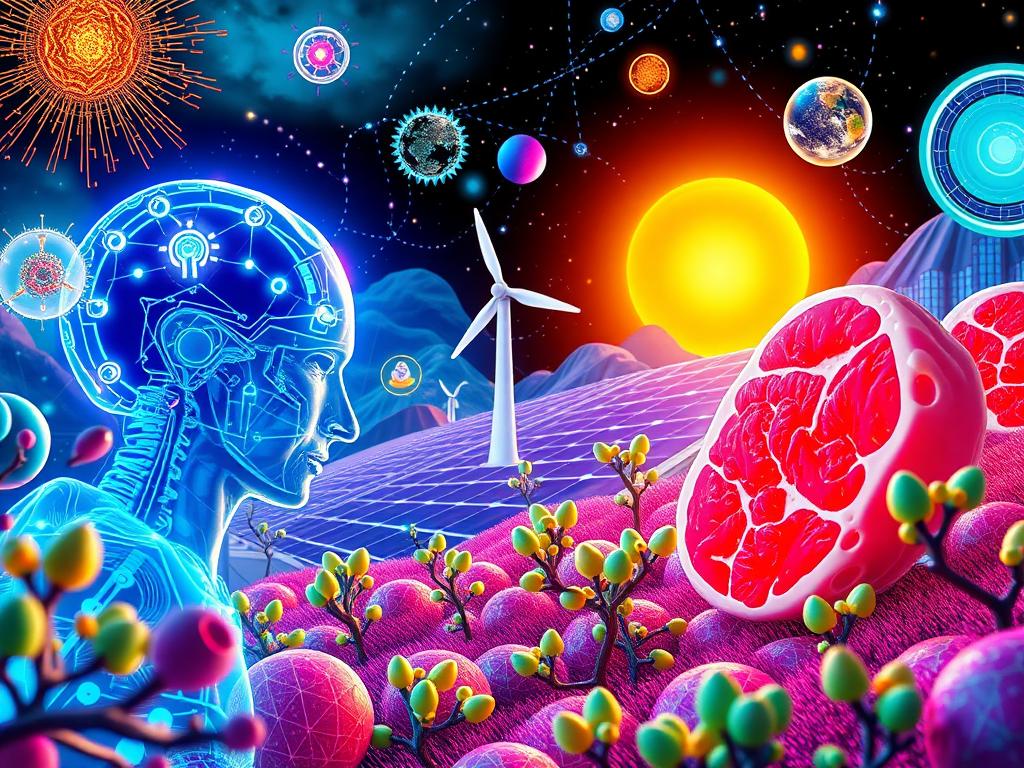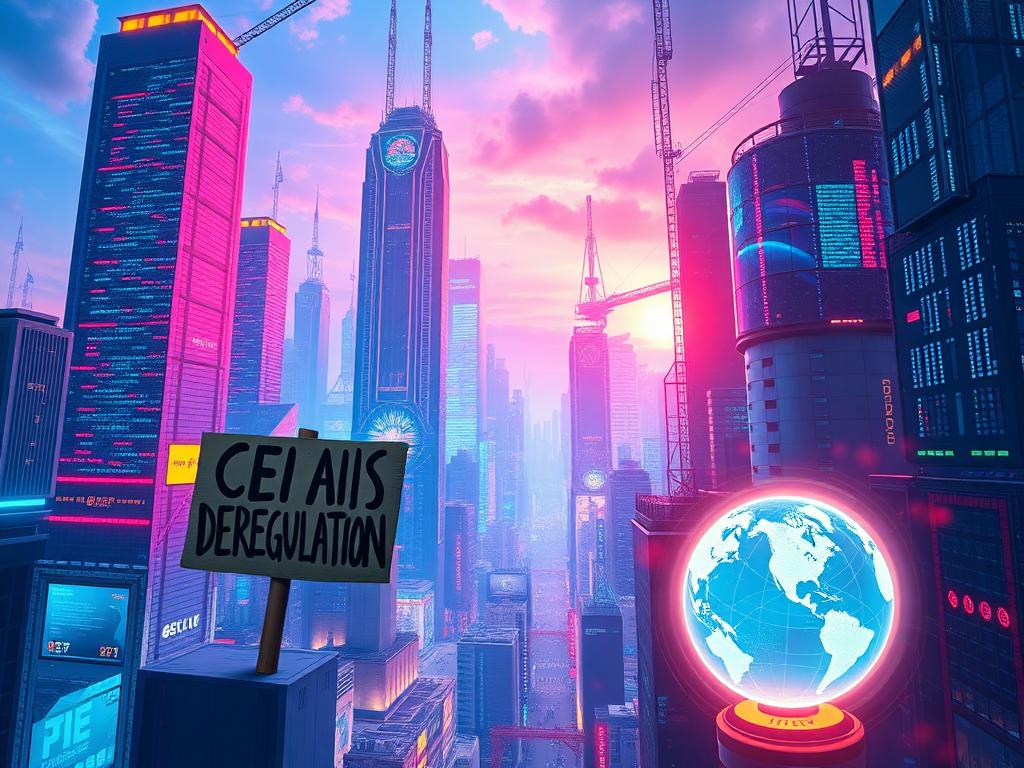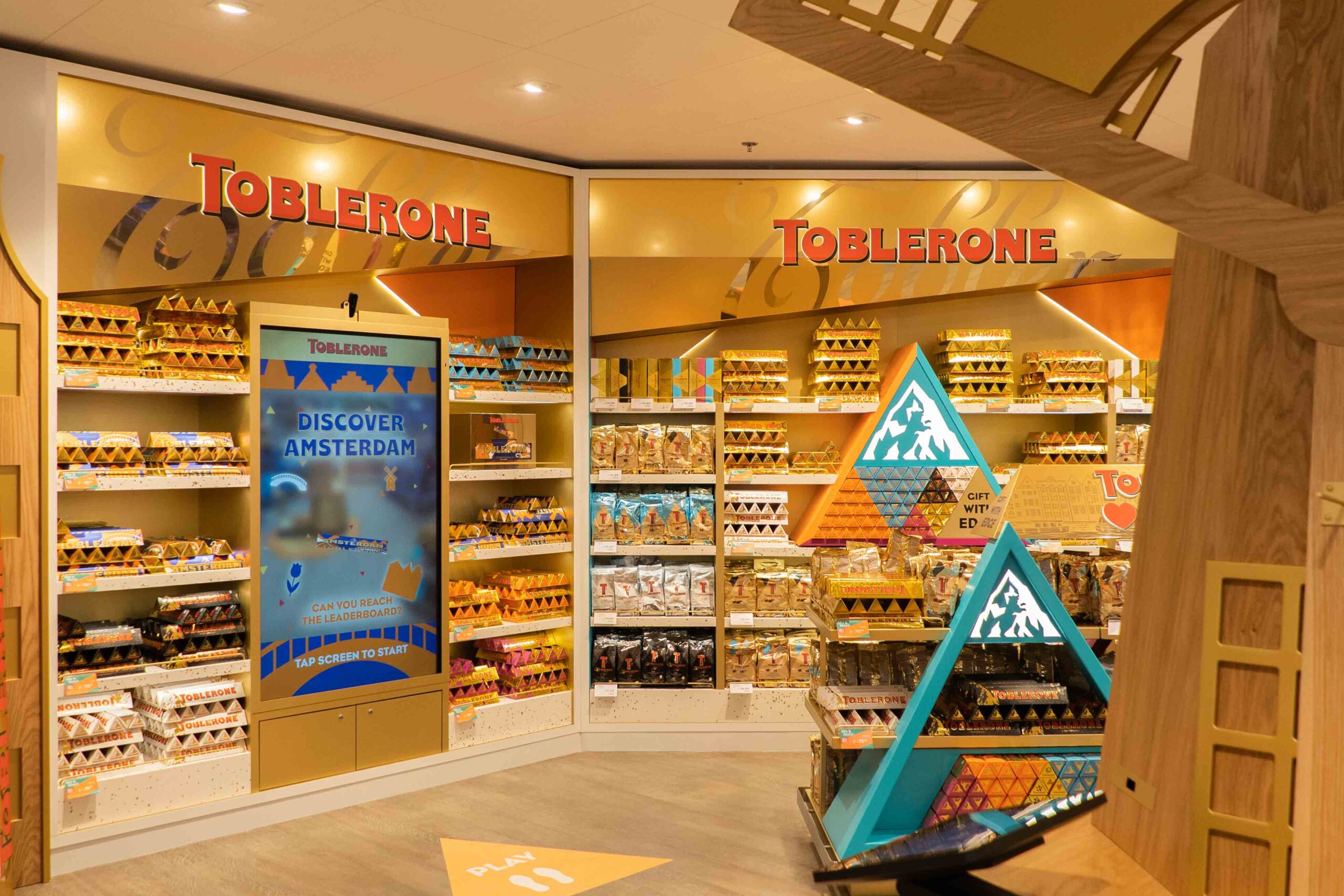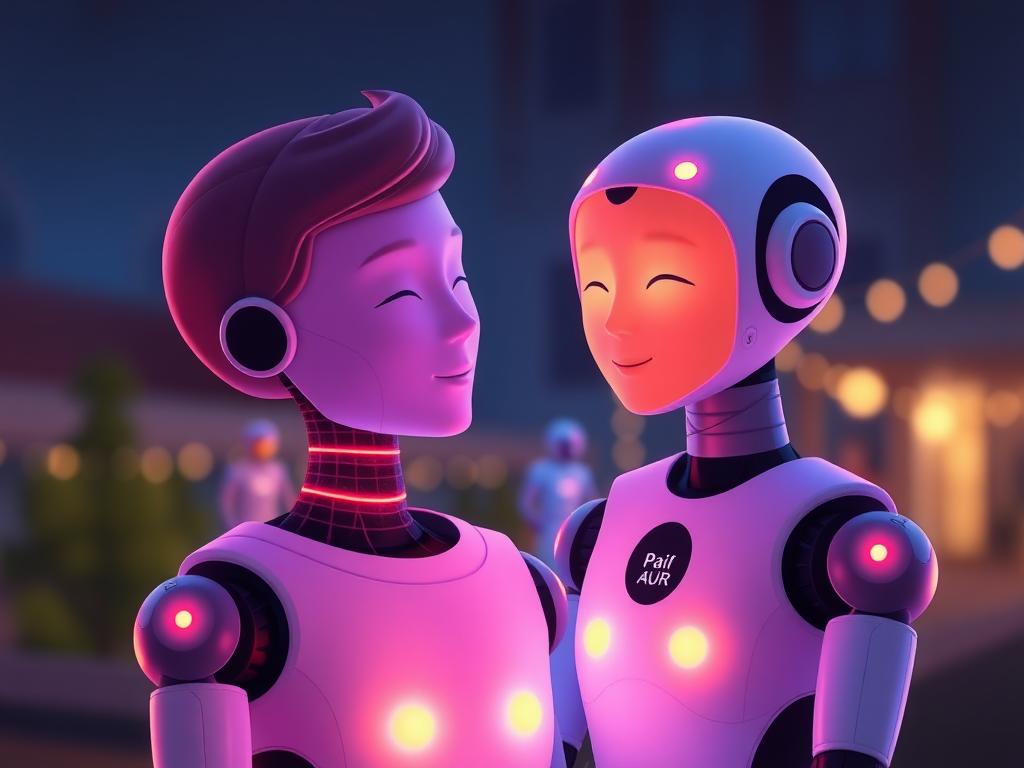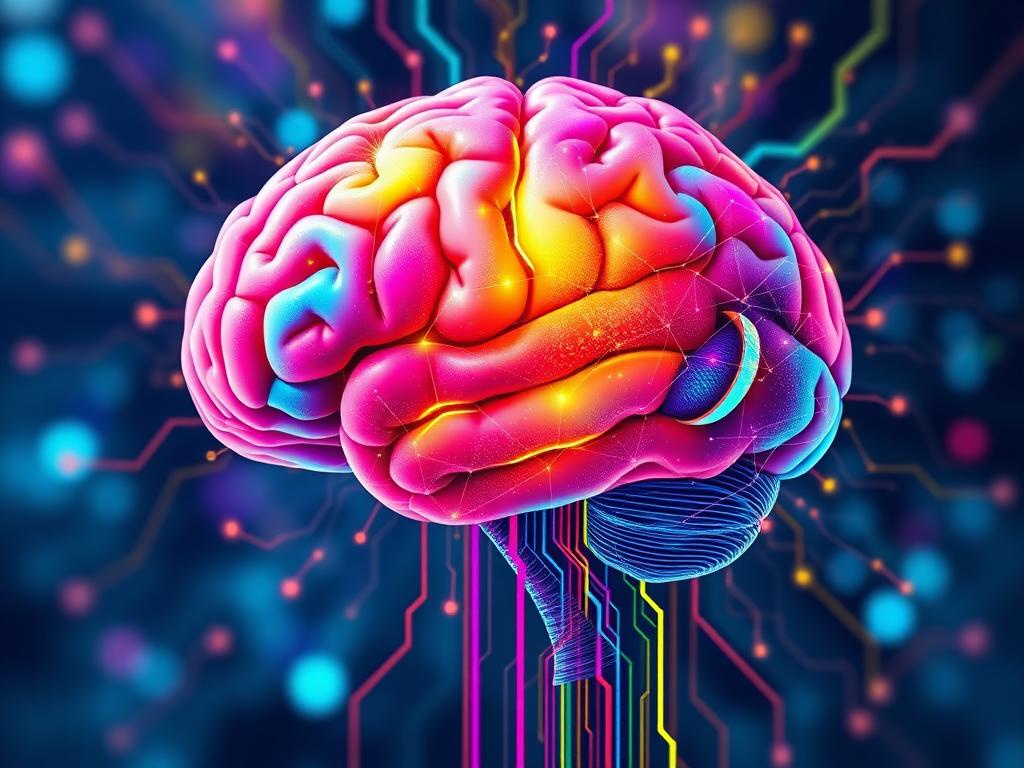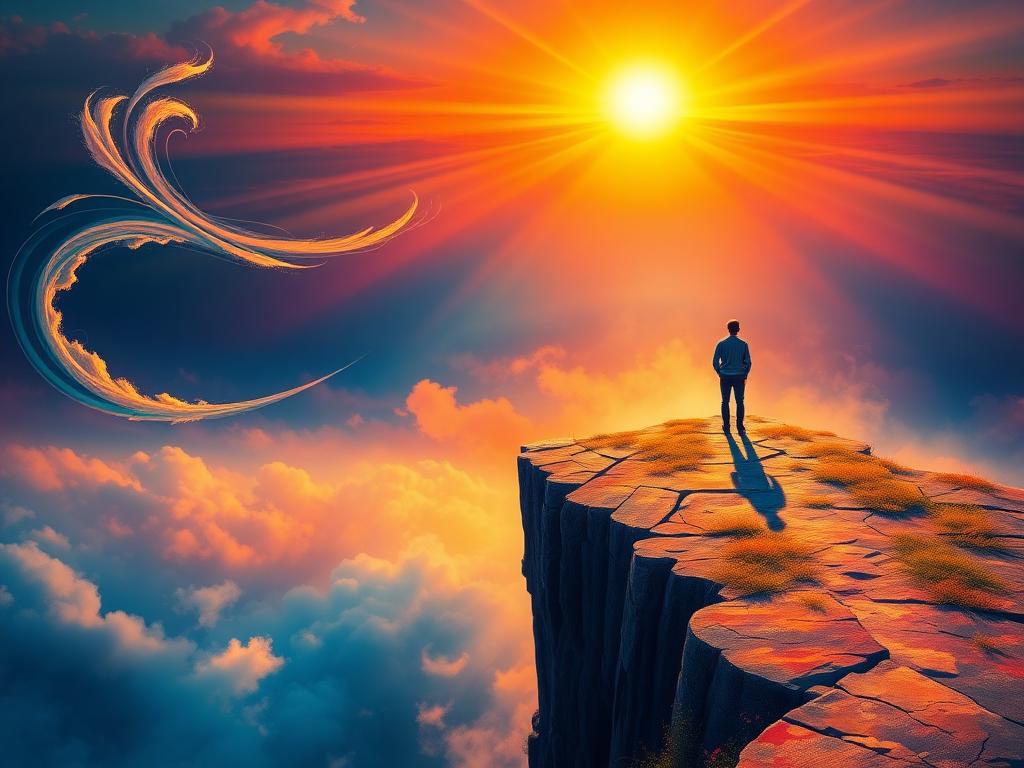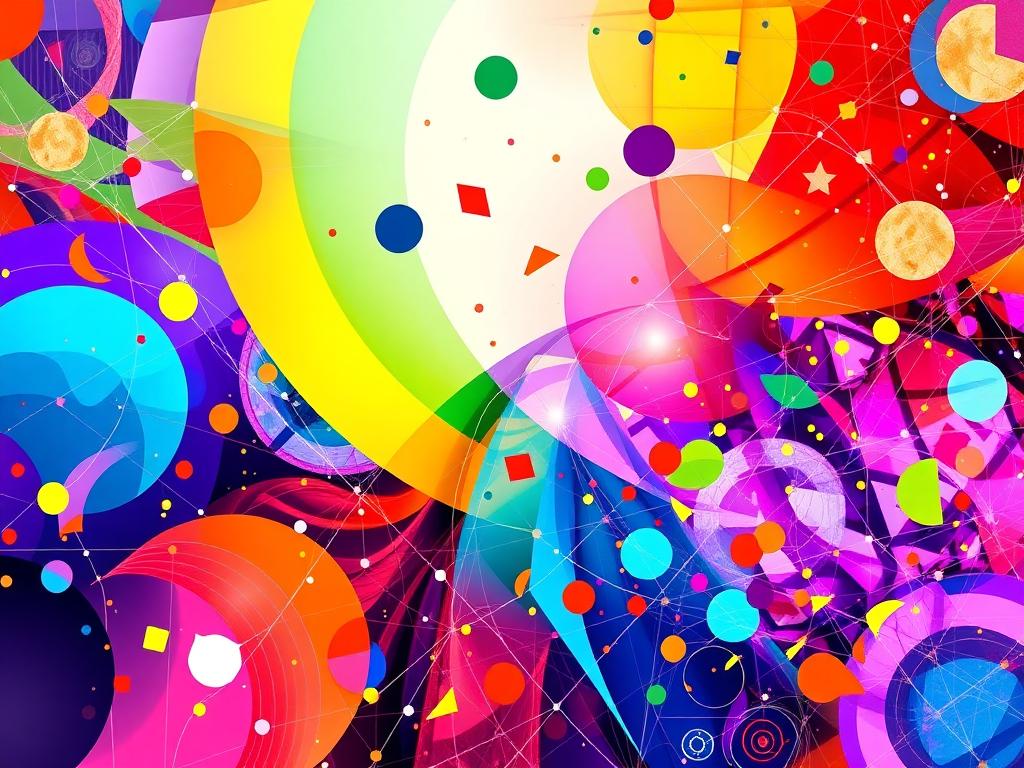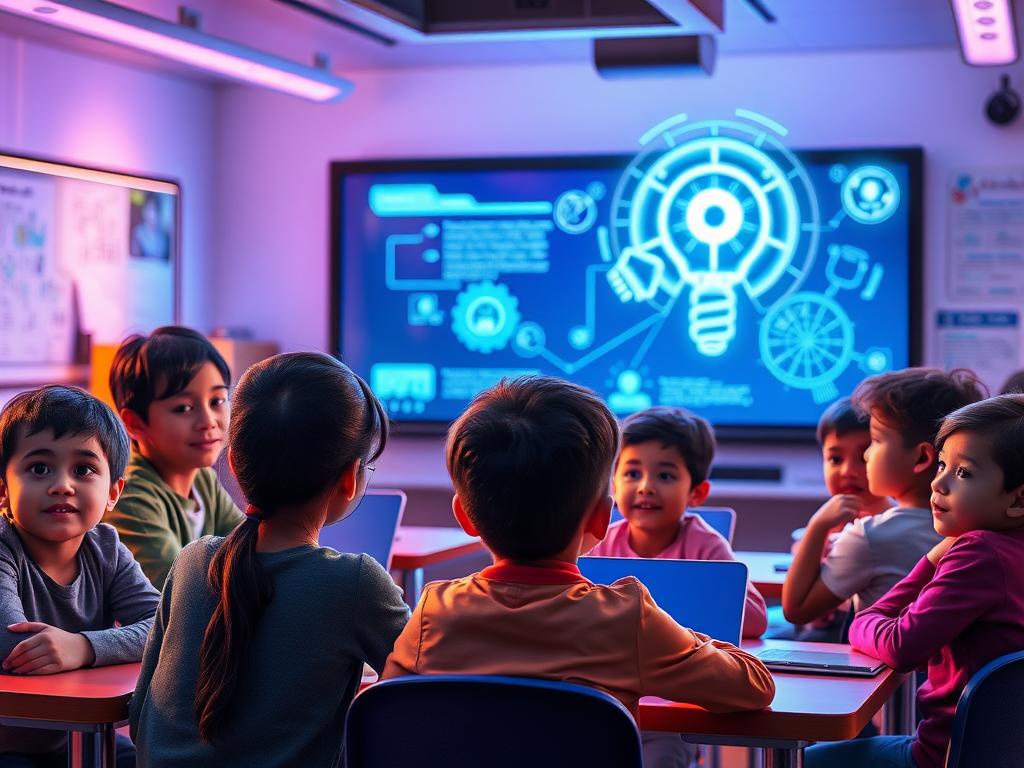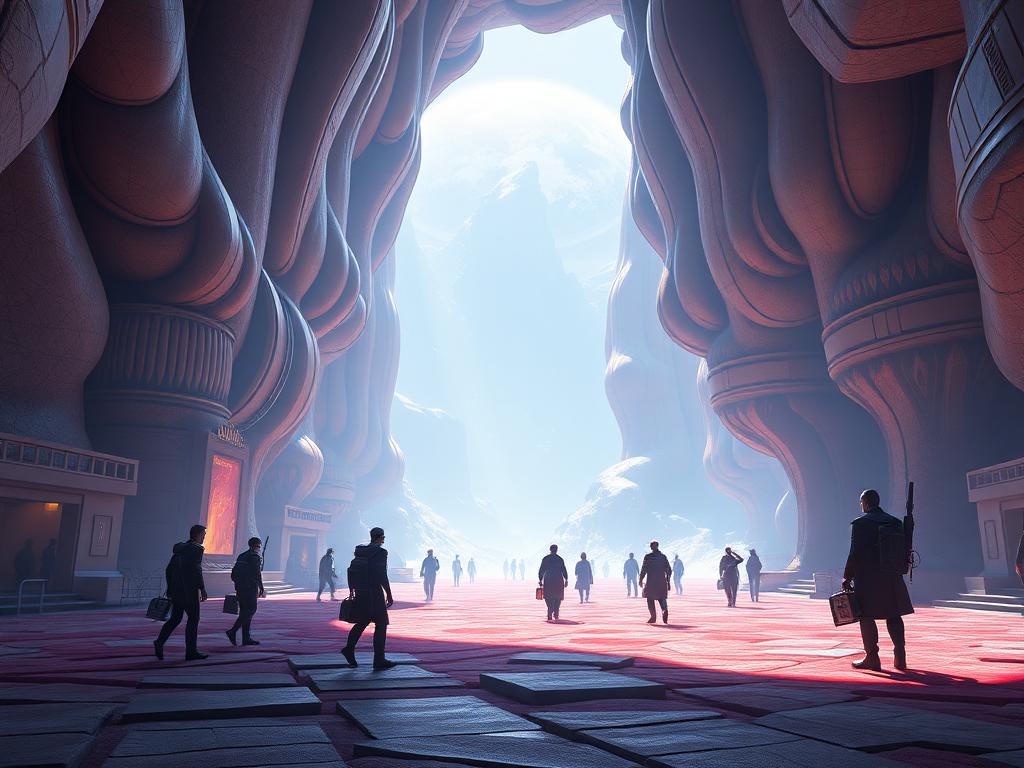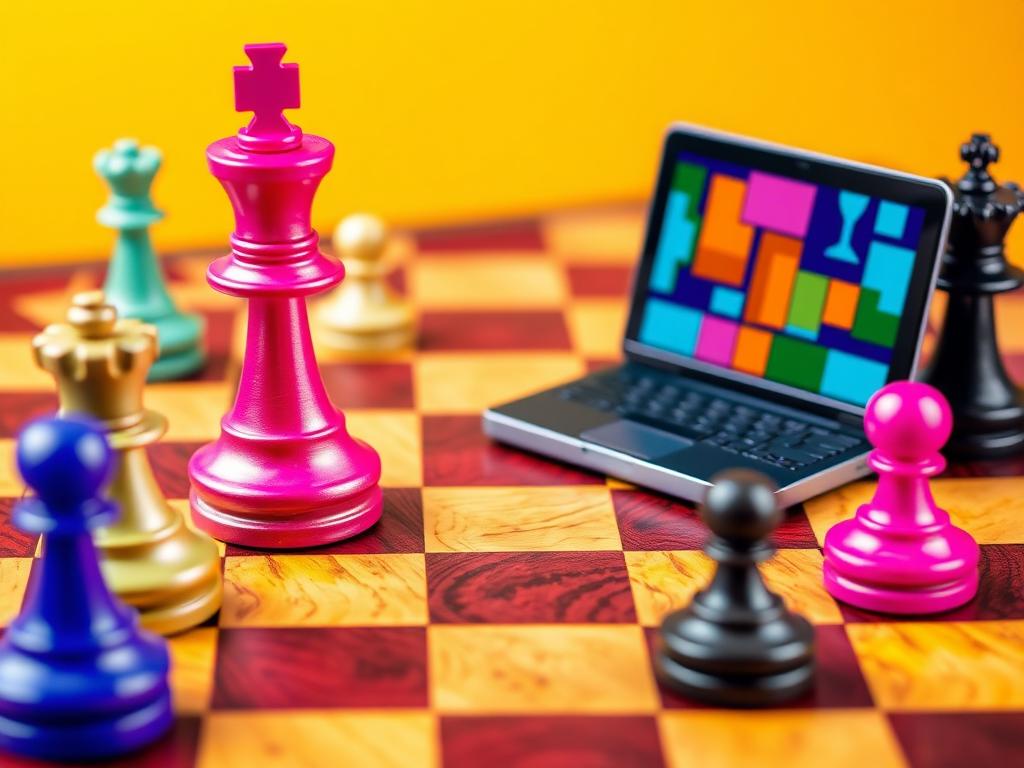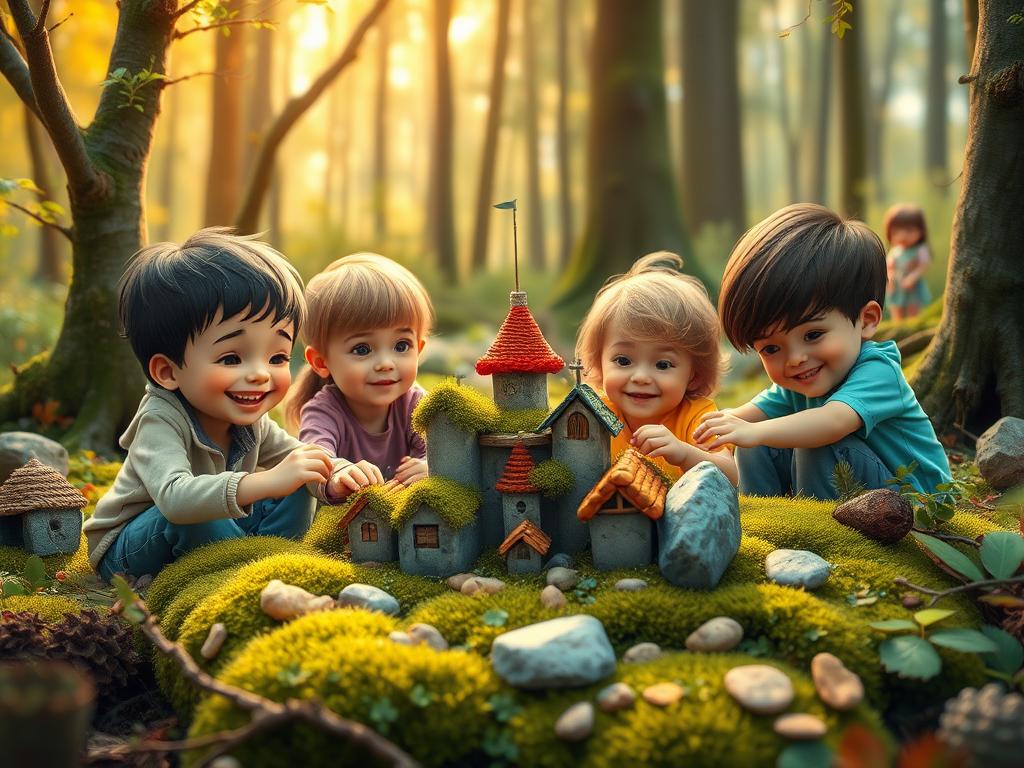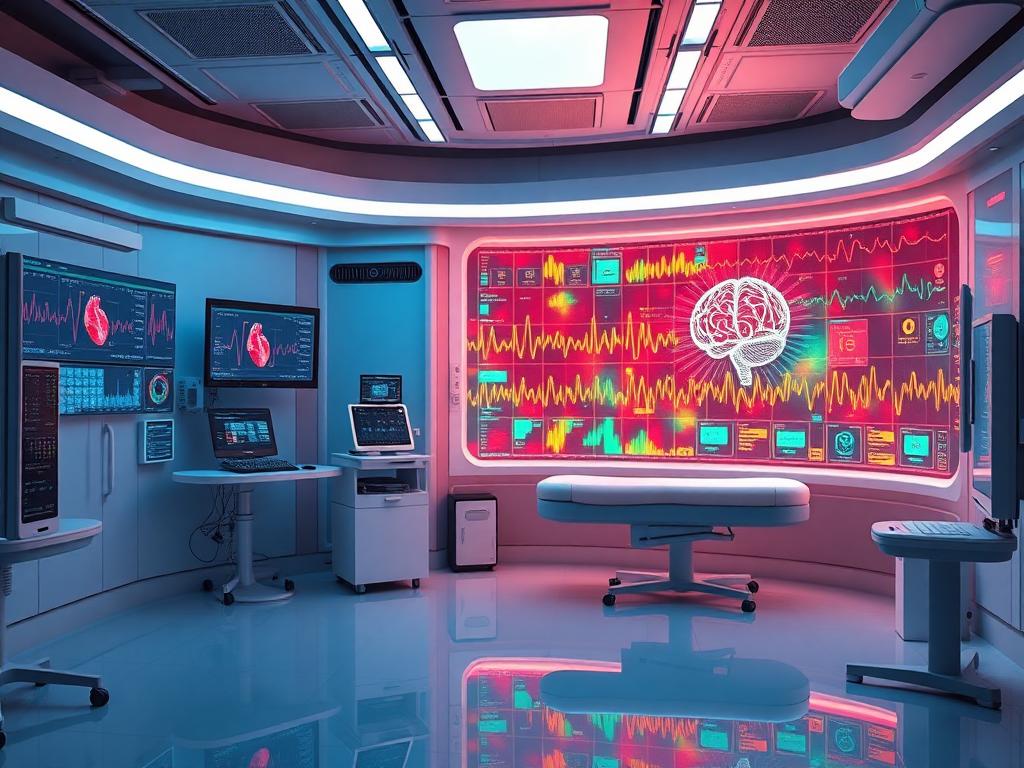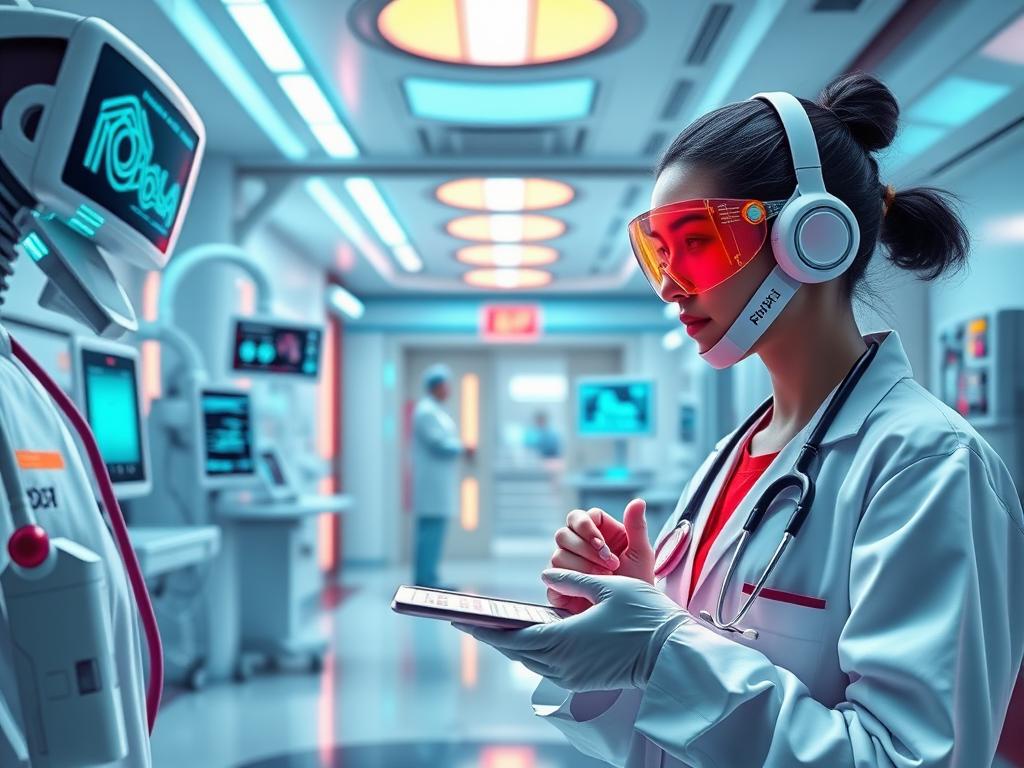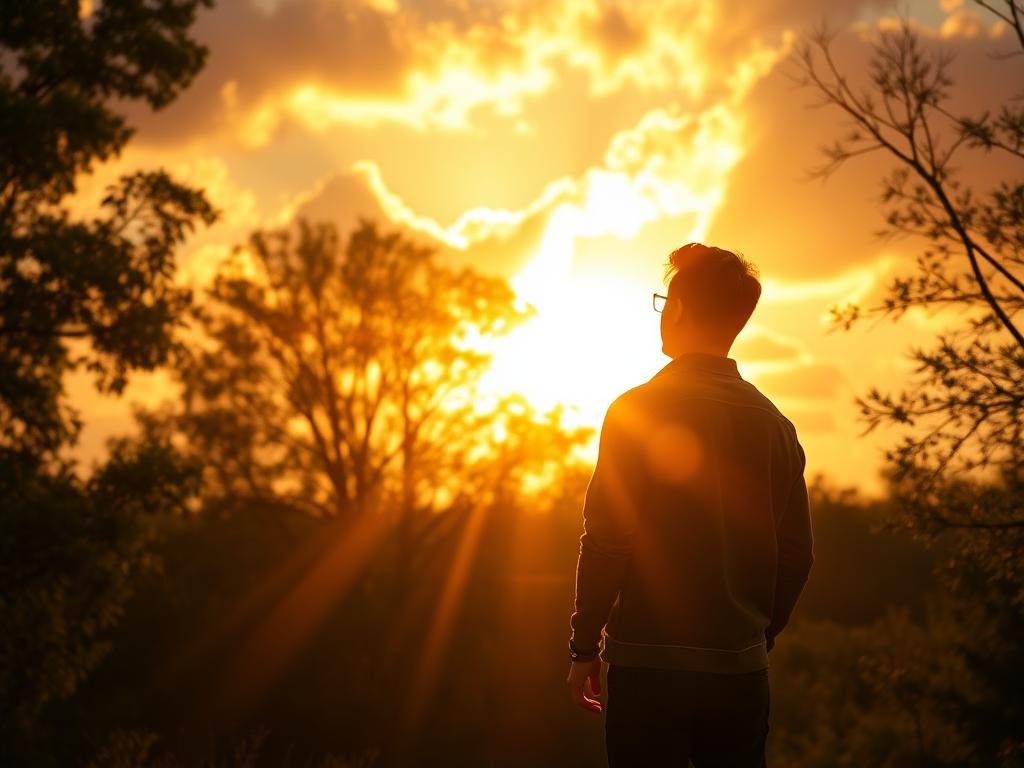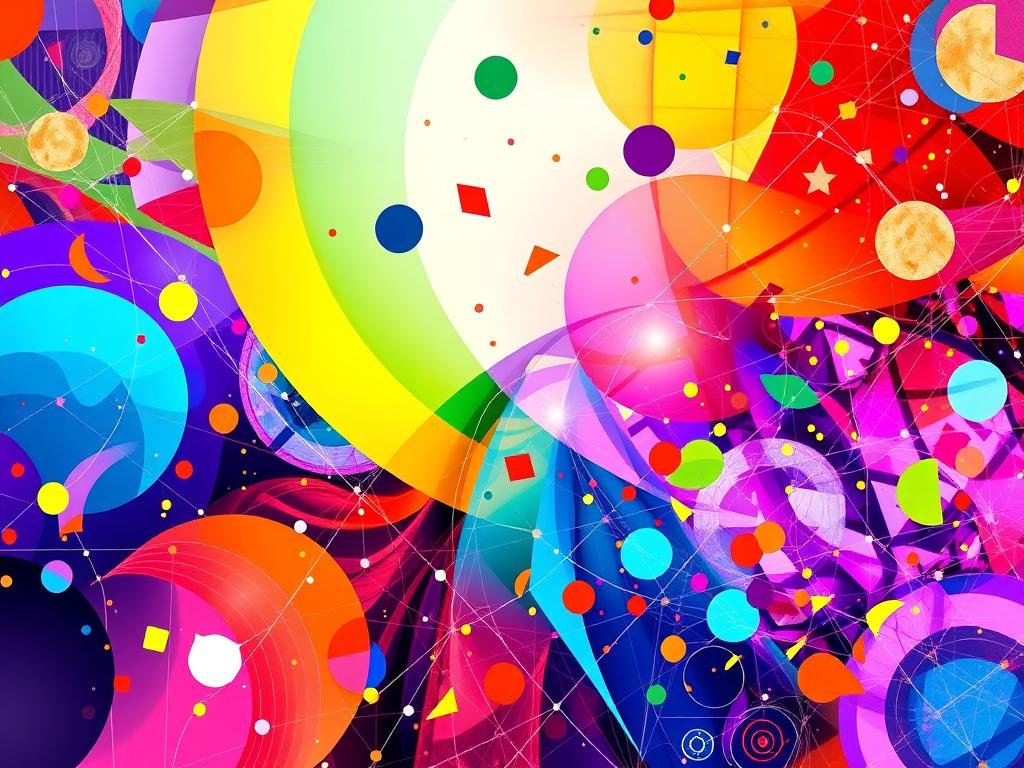
Exploring Art and Tech Fusion
Discover how art and technology converge to create generative art, AI art, VR, AR, and NFTs. Learn how these innovations are shaping the future of creativity and education.
The Intersection of Art and Technology
Generative art is a fascinating field where technology meets creativity. By combining programming with artistic expression, artists and technologists create mesmerizing visuals that push the boundaries of traditional art. This article explores how generative art, AI art, VR, AR, and NFTs are transforming the creative landscape.
Generative Art A Tech Driven Creative Process
Generative art involves using computer programs to create structural yet captivating visuals. Artists write code in languages like Python to generate unique and complex designs. This process began in the 1960s with pioneers like Joke Niece, whose work laid the foundation for modern generative art. Today, companies like teamlab showcase immersive digital art installations that blend engineering with artistic creativity.
AI Art The Role of Machine Learning in Creativity
AI art leverages machine learning algorithms to generate artwork. By training AI models on large datasets, artists can create pieces that are entirely algorithmically produced. A notable example is the portrait of Edmund Bellamy, the first AI artwork auctioned for $432,000 in 2018. This demonstrates how AI is redefining the boundaries of artistic expression.
Virtual and Augmented Reality Immersive Art Experiences
VR and AR technologies allow artists to create 3D environments that users can interact with. These technologies are not limited to art they are also used in gaming, education, and even medicine. For instance, surgeons are experimenting with VR to perform remote surgeries, showcasing the versatility of these tools.
NFTs Art on the Blockchain
NFTs or non fungible tokens have revolutionized the art world by providing a decentralized way to authenticate and own digital art. Each NFT is unique making it valuable for digital identities and collectibles. The rising popularity of NFTs highlights the growing demand for digital art and its commercial applications.
Generative Art in Education Teaching Code Creatively
Generative art has found a unique application in education. By using programming to create art beginners can visualize the logic behind coding making it more engaging and less intimidating. This approach fosters creativity and encourages learners to experiment without fear of making mistakes.
Conclusion Limitless Possibilities
The fusion of art and technology opens up endless possibilities for creativity and innovation. Whether its generative art AI art VR AR or NFTs these fields are reshaping how we create and experience art. Embrace the synergy between art and tech and explore the exciting opportunities they offer.



